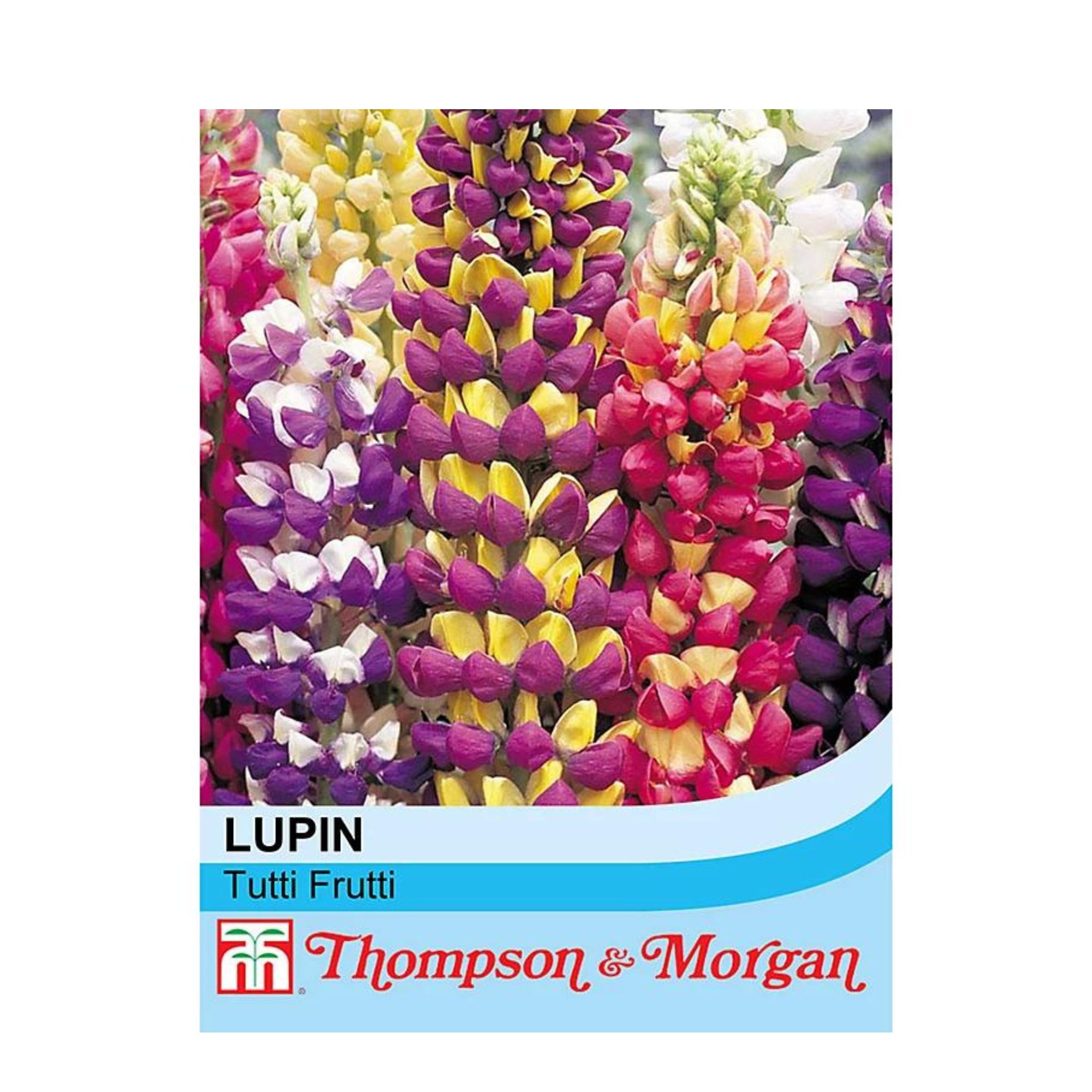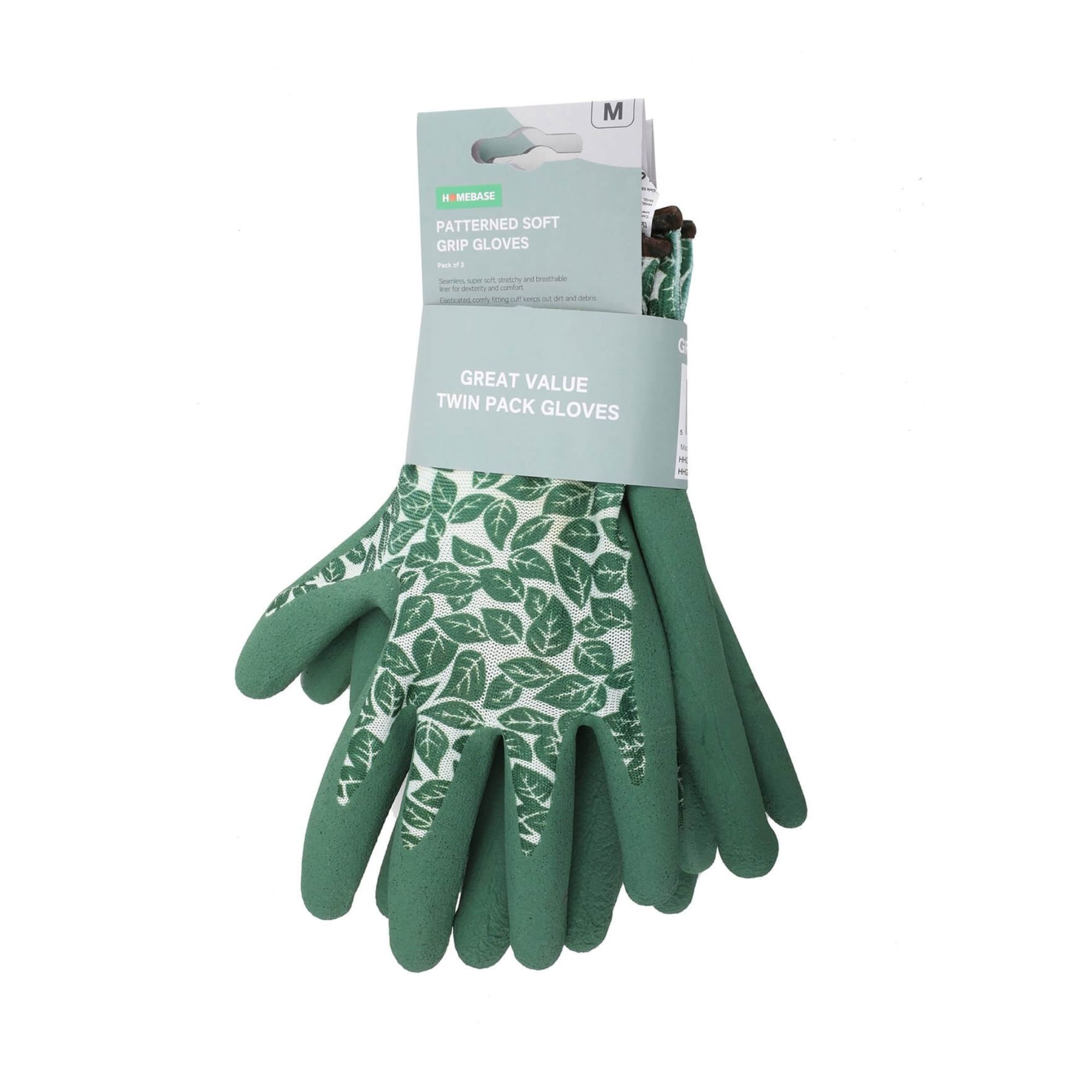Should you deadhead lupins? Experts explain how this one task can improve the longevity of this cottage garden favourite
Deadheading isn’t essential, but it’s definitely worth it

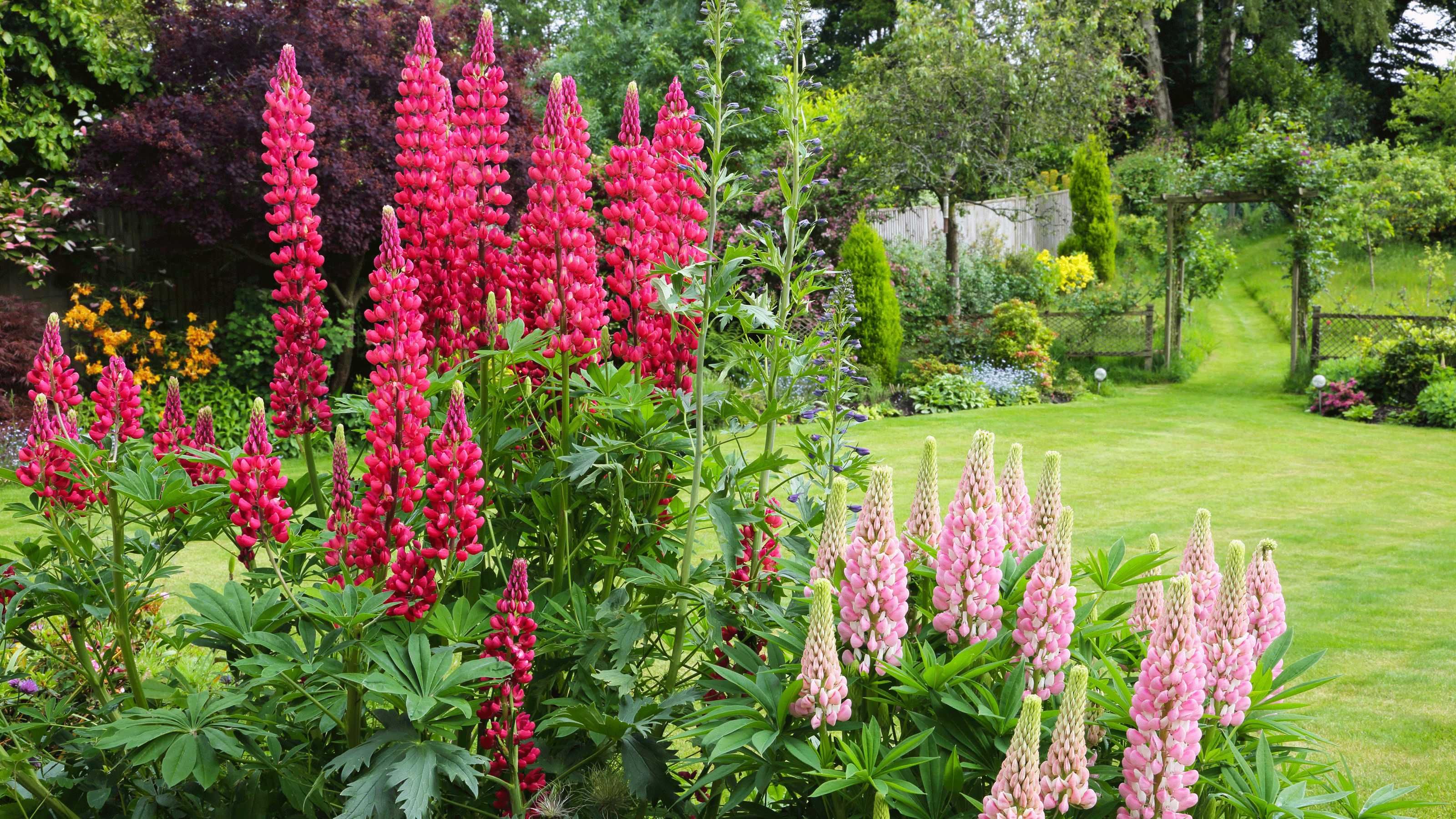
As well as being incredibly easy to grow, the large flower spikes and colourful blooms of the lupin makes a statement in any garden. But all good things must come to an end, and every year gardeners ask themselves the same question: Should you deadhead lupins?
Perfect for any cottage garden idea, lupins are sun-loving plants that can add height, colour, and texture to your outdoor space. And while knowing when to plant lupin seeds and how to propagate lupins are essential pieces of information every lupin owner should know, the blooming period of lupins isn’t quite as black and white.
Lupins typically flower between May and June, but certain factors can affect this flowering season. In fact, our experts are urging gardeners to add deadheading lupins to their to-do list so that they can really make the most of this cottage garden favourite.
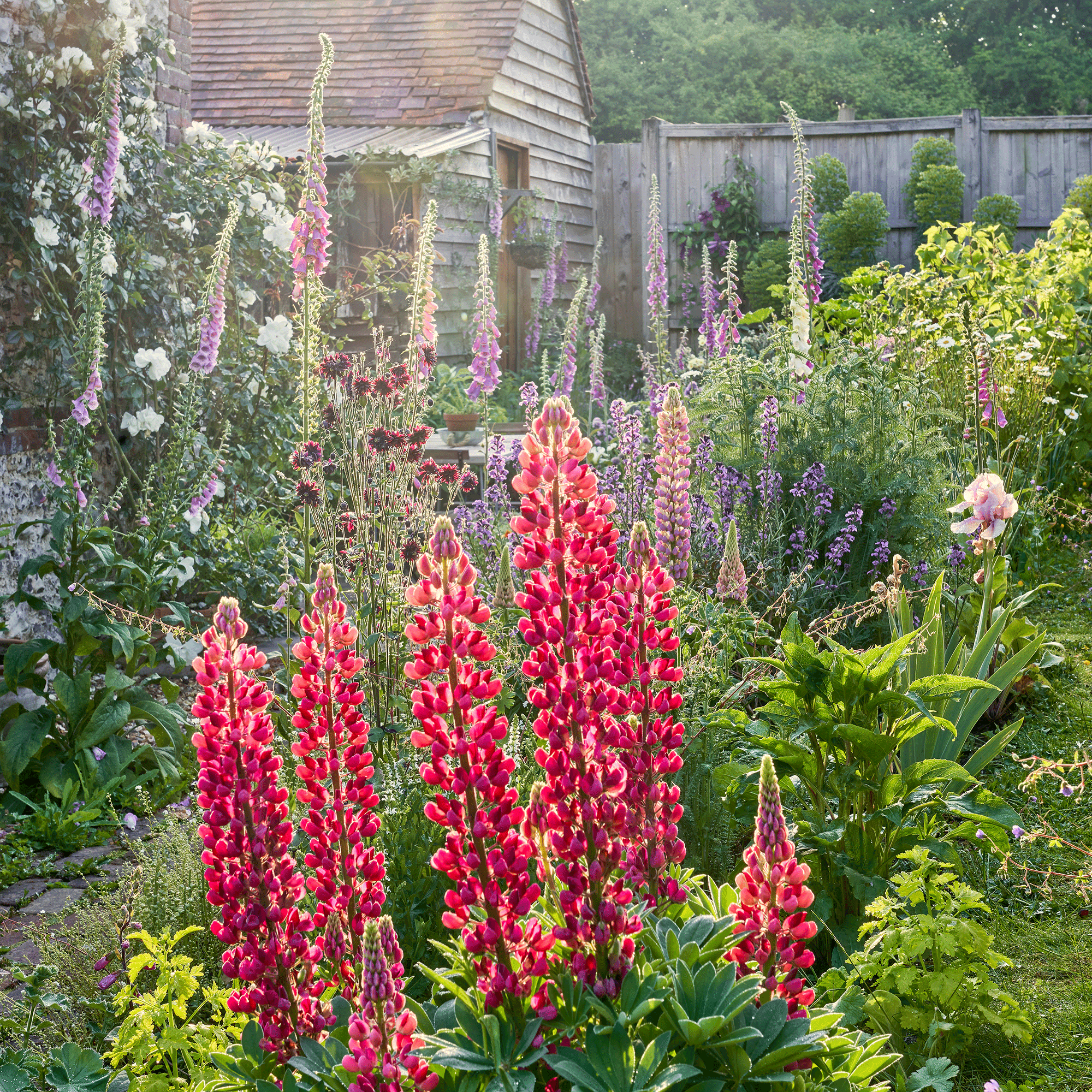
Should you deadhead lupins?
‘Lupins are available in many heights and colours, suitable for all kinds of different garden styles. The colourful flowers really do lift a garden and they are enjoyed by bees and other pollinators,’ explains Morris Hankinson, Director of Hopes Grove Nurseries.
But, in short, you don’t have to deadhead lupins if you don’t want to - or if you simply forget. It’s not a steadfast rule that you must follow, and it won’t result in the death of your plants if you choose not to deadhead lupins.
However, ask any professional gardener, and we have no doubt that they’d encourage you to deadhead lupins anyway. That’s because deadheading lupins can actually prolong the flowering period and even encourage a second flush during one single blooming season.
And if you love the look of lupins in your garden borders or filling up your container garden, why wouldn’t you want to keep them blooming for as long as possible?
Sign up to our newsletter for style inspiration, real homes, project and garden advice and shopping know-how

Ideally, you should deadhead lupins as soon as you see them start to fade. Visible signs include a change in colour (e.g. from a bright and vibrant pink to a dull brown) and a change in shape (e.g. they’ll become extremely droopy and floppy).
It’s also important to note that lupins start to die from the bottom up, so always make sure to check underneath healthy blooms for any missed spent flowers. Then, you can deadhead them.
But why should you deadhead lupins? By doing this as soon as possible, you will stop the plant from going to seed and wasting unnecessary energy on producing these seeds - and that’s exactly what you want. After all, lupin plants will fail to produce any more flower stems when they set seeds, which means their blooming period will come to a complete stop.
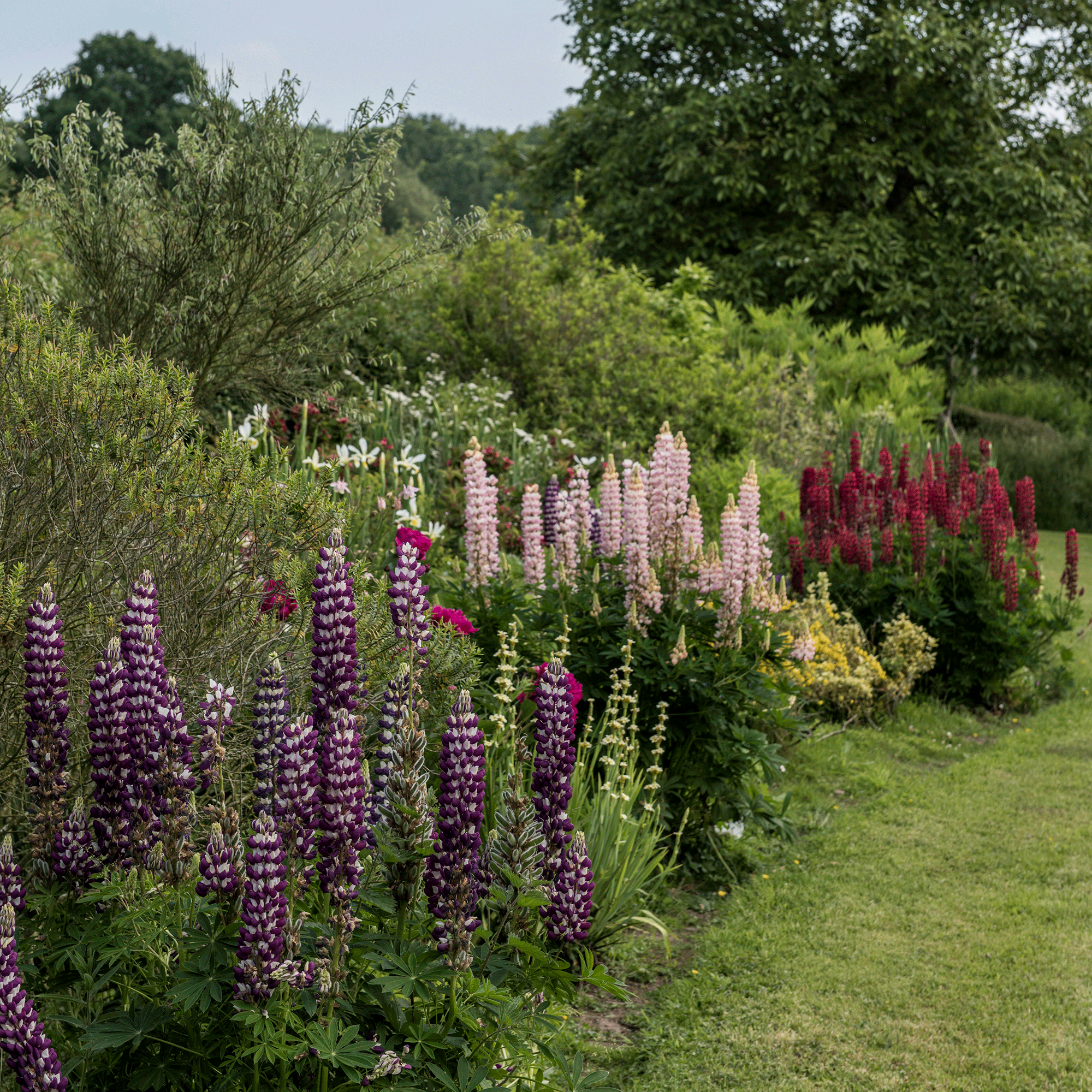
John Clifford, garden expert at Gardenstone, explains, ‘Deadheading removes flowers before they start producing seeds, which wastes a lot of the plant's energy. By deadheading the lupins instead of letting them produce seeds, you encourage the plant to redirect its energy into producing new blooms instead.’
Thankfully, this garden task is pretty easy, too. John adds, ‘Make sure that the flowers are yellow/brown and drooping and cut back the flowers to the first set of healthy leaves before the flower head. Cut at an angle to prevent sitting water from rotting the plant.’
However, you can read our guide on how to deadhead lupins for a full step-by-step method - just make sure that you take care when deadheading lupins, as Morris warns, ‘Wear gloves as all parts of the lupin are poisonous.’

Morris Hankinson is the founder and managing director of Hopes Grove Nurseries Ltd, the UK’s only specialist grower-retailer of hedging plants. He established the thriving business in 1992, shortly after graduating with a Commercial Horticulture Degree from Writtle College, Essex.

John Clifford is a director of Gardenstone, a leading garden landscaping retailer based in the UK. With over 30 years in the gardening industry and continual work alongside The National Trust, John has amassed an extensive range of gardening and planting knowledge. Alongside his younger son, John has built a strong reputation for Gardenstone as a trusted source for both high-quality garden products and expert gardening advice.
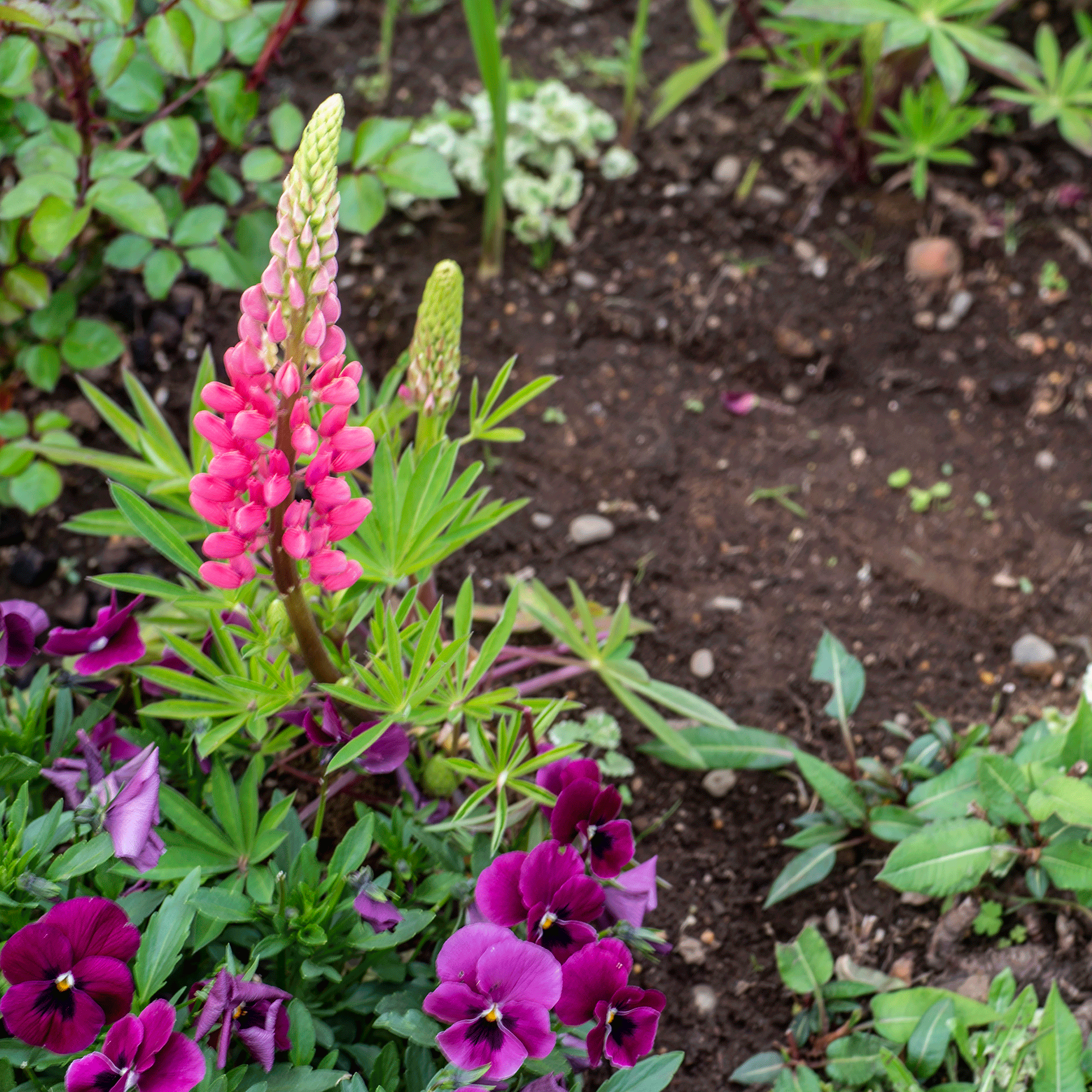
What you'll need
FAQs
What does a dead lupin look like?
If you’re not sure whether a lupin flower is ready to be deadheaded or not, it’s important to note that lupins die from the bottom up. This means that the flowers at the bottom will die first, followed by the ones above.
Then, you can look for the telltale signs of a dead lupin. This includes brown, faded flowers and a lack of strength. In fact, the lupin may start to bend downwards and the flowers will wilt.
When you see these things, it’s a sure sign that it’s time to deadhead your lupins.
Should I remove seed pods from lupins?
This all depends on what you want to do with the lupins in your garden. If you want to propagate these plants and add even more lupins to your garden, you can use these seed pods to your advantage.
If you’re happy with the number of lupins in your garden and don’t want them spreading, however, you should definitely remove seed pods from lupins. Keeping them on will prevent the plant from flowering again, and waste unnecessary energy on feeding the unwanted seed pods.
So, all you need to do is cut them off with clean scissors or secateurs.
So, should you deadhead lupins? If you want to maintain the health and vibrancy of these beautiful blooms, you definitely should…

Lauren Bradbury has been the Content Editor for the House Manual section since January 2025 but worked with the team as a freelancer for a year and a half before that. She graduated with a Bachelor’s degree in English and Creative Writing from the University of Chichester in 2016. Then, she dipped her toe into the world of content writing, primarily focusing on home content. After years of agency work, she decided to take the plunge and become a full-time freelancer for online publications, including Real Homes and Ideal Home, before taking on this permanent role. Now, she spends her days searching for the best decluttering and cleaning hacks and creating handy how-to guides for homeowners and renters alike, as well as testing vacuums as part of her role as the Ideal Home Certified Expert in Training on Vacuums, having spent over 110 hours testing different vacuum models to date!

